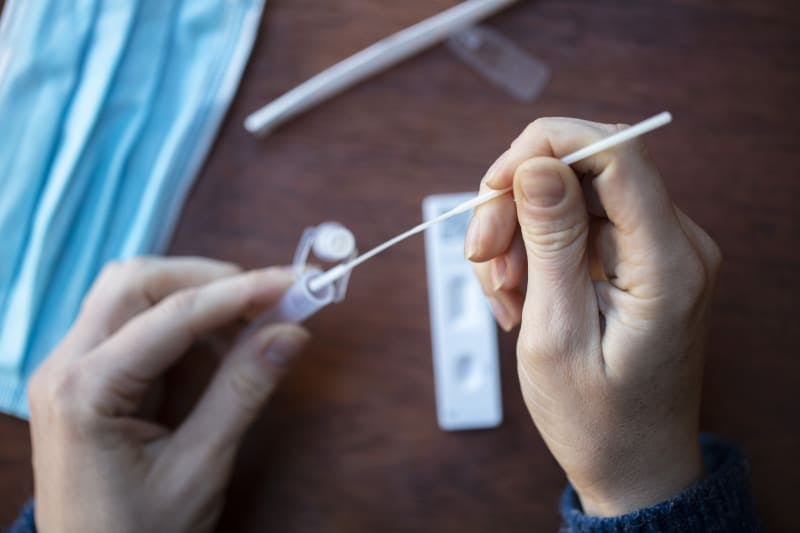Lateral flow testing is now widely used to help us travel more conveniently and are quick, easy and hassle-free, giving you instant test results in under 30 minutes and are increasingly being accepted for travel around the world.
In this article, you will find all you need to know about Lateral Flow testing.
